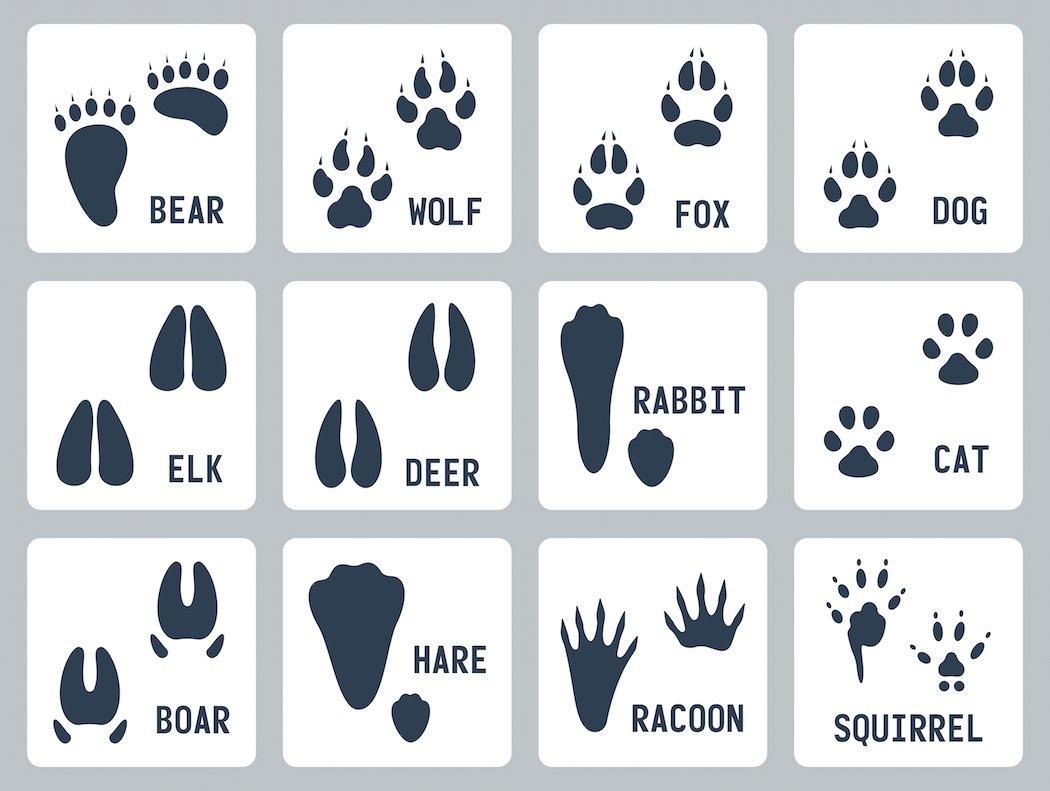Has This Become a Skill of the Past?
Woodsmanship. It's an important part of being a hunter. Sadly, many feel that it's a dying art. While trail cameras, extended effective ranges of weaponry and other technological advances are certainly helpful and welcome, I fear they've resulted in less woodsmanship across the board.
Don't get me wrong, I'm a trail-camera junkie. And I wouldn't give them up for the sake of purism or the past. I run 35 of them annually and they've really enhanced my ability to find and pattern big deer. But I believe they have resulted in fewer hunters deploying good old-fashioned hunting skills.
One of those skills I think has been harmed the most is the ability to read and understand animal tracks — specifically those of the white-tailed deer. In the past, a hunter would look for tracks, note their size and shape, look for frequency and concentration, observe the direction of travel, and read how they correlated with the terrain. That summation of information would then be considered as to how it related to potential bedding locations, watering areas and feeding destinations to help learn how deer use a given property.
Sure, that still happens today. But it's much less prominent than it once was. And that's a bit disheartening. And for those who might feel it's no longer necessary — think again. Tracks can tell you things that other scouting tools and methods cannot.
The story of a property is printed out like a storybook by the tracks deer leave behind.
My personal scouting plans almost always begin with looking for deer sign — tracks, trails, rubs, scrapes, etc. Of that sign, the tracks connect the dots. Once I have that information, only then do I implement more modern scouting tools, such as trail cameras.
When it comes to deer hunting, being proficient at reading tracks has many benefits beyond providing insight into how many deer there are or how they use a piece of land. Mastering this skill is also helpful for tracking game (as you hunt), when trailing harvested or wounded game, and even when trying to learn general information about the deer that left the track behind.
For example, skilled trackers can look at a track and tell about how old it is. It doesn't pay to follow a week-old track. Furthermore, in typical soil conditions, while it isn't always an accurate read, analyzing the size and shape of a track can tell you a little about the age and size of the deer. That said, you have to take that with a grain of salt. Soil conditions play a big role in the size of tracks.
But we're not just talking deer tracks here. We're talking animal tracks in general. Most deer hunters aren't just deer hunters. But even for those who are, it's still important to know how to read other animal tracks. These tracks tell a story, too.
For example, an abundance of canine tracks can tell you there's a lot of coyotes, wolves or domestic dogs in the area. Concentrations of canine, cat and fox can be evidence that you need to implement a trapping program in order to boost fawn recruitment rates. And an abundance of rodent and scavenger tracks can provide the answer as to why your turkey population has decreased.
It's all about stewardship, management and helping to understand the dynamics of a piece of land. It isn't a tactic of the past. It isn't a non-essential skill. It's a vital package of knowledge to have and hone. You never know when you might need it.
Don't Miss: You Shot a Deer. Here's How to Find It.
Are you a deer hunter wanting to learn how to accomplish your goals? Check out our stories, videos and hard-hitting how-to's on deer hunting.












